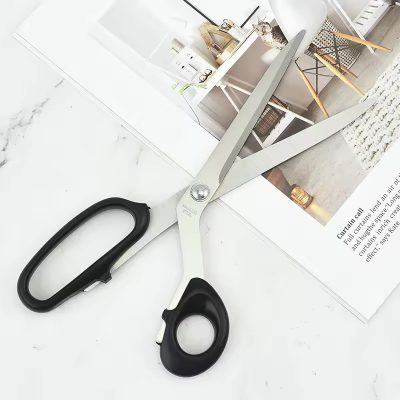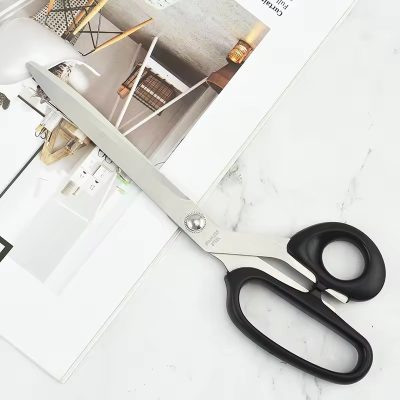Introduction
Proper maintenance of tailor scissors is essential for ensuring their longevity and maintaining optimal performance. Regular care not only extends the lifespan of your scissors but also keeps them sharp and efficient. In this blog post, we’ll explore the best practices for maintaining your tailor scissors to keep them in top condition.
1. Regular Cleaning
Keeping your tailor scissors clean is crucial for preventing rust and maintaining cutting performance:
- Clean After Each Use: Wipe the blades after each use to remove fabric residues, lint, and dust. Use a soft cloth or brush to clean the blades thoroughly.
- Wash with Mild Soap: Occasionally, wash the blades with warm, soapy water to remove stubborn residues. Use a mild soap and a soft sponge to avoid scratching the blades.
- Dry Thoroughly: After washing, rinse the scissors with clean water and dry them completely with a soft cloth. Ensure no moisture remains to prevent rust.
2. Sharpening the Blades
Regular sharpening is essential to maintain the sharpness and precision of your scissors:
- Use a Sharpening Stone: Sharpen the blades regularly using a sharpening stone. Hold the blades at the correct angle and gently run them along the stone. Repeat until the blades are sharp.
- Professional Sharpening: If you’re unsure about sharpening your scissors yourself, consider taking them to a professional. Professional sharpening ensures the blades are correctly sharpened without damaging them.
- Test Sharpness: Test the sharpness by cutting through a piece of fabric. If the blades cut smoothly and cleanly, they are sharp. If not, further sharpening may be required.
3. Lubricating the Pivot Area
Lubrication is key to ensuring smooth operation of your tailor scissors:
- Apply Sewing Machine Oil: Use a few drops of sewing machine oil or light machine oil on the pivot area. This helps reduce friction and ensures smooth opening and closing.
- Distribute the Oil: Open and close the scissors several times to distribute the oil evenly. This prevents stiffness and ensures optimal performance.
- Wipe Off Excess: After applying oil, wipe off any excess to prevent it from coming into contact with your fabric or creating a mess.
4. Proper Storage
Proper storage prevents damage and maintains the sharpness of your tailor scissors:
- Store in a Dry Place: Ensure your scissors are completely dry before storing them. Store them in a dry, cool place to prevent rust and corrosion.
- Use a Protective Sheath: If your scissors come with a protective sheath, use it to cover the blades when not in use. This helps protect the blades from damage and keeps them clean.
- Organize Safely: Store your scissors in a dedicated drawer or storage box to prevent them from coming into contact with other tools or objects that could damage the blades.
5. Handling with Care
Proper handling minimizes wear and tear on your tailor scissors:
- Use for Intended Purpose: Use your tailor scissors exclusively for cutting fabric and thread. Avoid using them for tasks like cutting paper or plastic, which can dull the blades.
- Avoid Dropping: Handle your scissors with care and avoid dropping them. Dropping can cause damage to the blades and affect their alignment.
- Cut on a Flat Surface: Always cut fabric on a flat, stable surface to ensure precision and prevent damage to the blades.
Conclusion
Maintaining your tailor scissors involves regular cleaning, sharpening, lubrication, proper storage, and careful handling. By following these best practices, you can ensure your scissors remain sharp, precise, and durable, enhancing your sewing experience and extending the lifespan of your tools.








